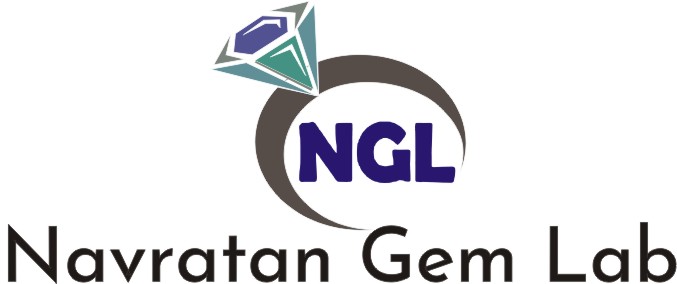Yellow Sapphire
Yellow sapphire is variety of corundum.Sapphire often contains minor inclusions of tiny slender Rutile needles. When present, these inclusions decrease the transparency of a stone and are known as silk. When in dense, parallel groupings, these inclusions can actually enhance by allowing polished Sapphires to exhibit asterism. Sapphire gems displaying asterism are known as "Star Sapphire", and these can be highly prized. Star Sapphire exists in six ray stars, though twelve ray stars are also known.
Sapphire is pleochroic, displaying a lighter and more intense color when viewed at different angles. Some pleochroic Sapphire is blue when viewed at one angle, and purple at a different angle. Color zoning, which forms from growth layers that build up during the formation of the stone, may also be present in certain Sapphires. Color zoning is responsible for certain Sapphires having lighter and darker colors in different parts of a crystal. Some Sapphire gemstones may even be multicolored such as purple and blue.
Besides for the varieties of Sapphire listed below, Sapphire with color other than Yellow are prefixed with their color names. The main gemstone colors in addition to Yellow Sapphire include:
- Blue Sapphire
- Pink Sapphire
- White Sapphire (describes Sapphire that is colorless)
- Green Sapphire
- Purple Sapphire
- Orange Sapphire
- Black Sapphire
| Chemical Formula | Al2O3 |
| Color | White, Colorless, Blue, Green, Yellow, Orange, Brown, Pink, Purple, Gray, Black, Multicolored |
| Hardness | 9 |
| Crystal System | Hexagonal |
| Refractive Index | 1.76 - 1.77 |
| SG | 3.9 - 4.1 |
| Transparency | Transparent to opaque |
| Double Refraction | .0008 |
| Luster | Vitreous to adamantine |
| Cleavage | None, but may exhibit parting |
| Mineral Class | Corundum |
Sapphire is usually heat treated to intensify the blue color, as well as remove inclusions to increase clarity. It is standard industry practice to heat treat Sapphire gemstones, and most Sapphires used as gemstones have been heat treated. Sapphire with a natural, unheated color is much more valuable then the heat treated material, and gemstones of good quality can be extremely costly. Sapphires are sometimes colored through diffusion treatment, which artificially alters the color of the original gemstone. Diffused Sapphires colors include deep blue, bright yellow, bright orange and orange-red. The diffusion is often done by heat treating a stone in a beryllium metal overlay. Diffused Sapphire gemstones are fairly inexpensive despite their desirable color. Because of all the color treatments and enhancements performed to Sapphire gemstones, this information should always be fully disclosed to the buyer, and Sapphire should only be purchased from highly reputable dealers.
Sources:
Important Sapphire sources include Sri Lanka, Burma (Myanmar), Thailand, Cambodia, Madagascar, Tanzania, Australia, and the U.S. (Montana). The Kashmir region of India/Pakistan was famous for its Kashmir-blue Sapphire, but little material comes from there today.
Similar Gemstones:
Citrine, Yellow Topaz, Yellow Beryl, Chrysoberyl etc.
